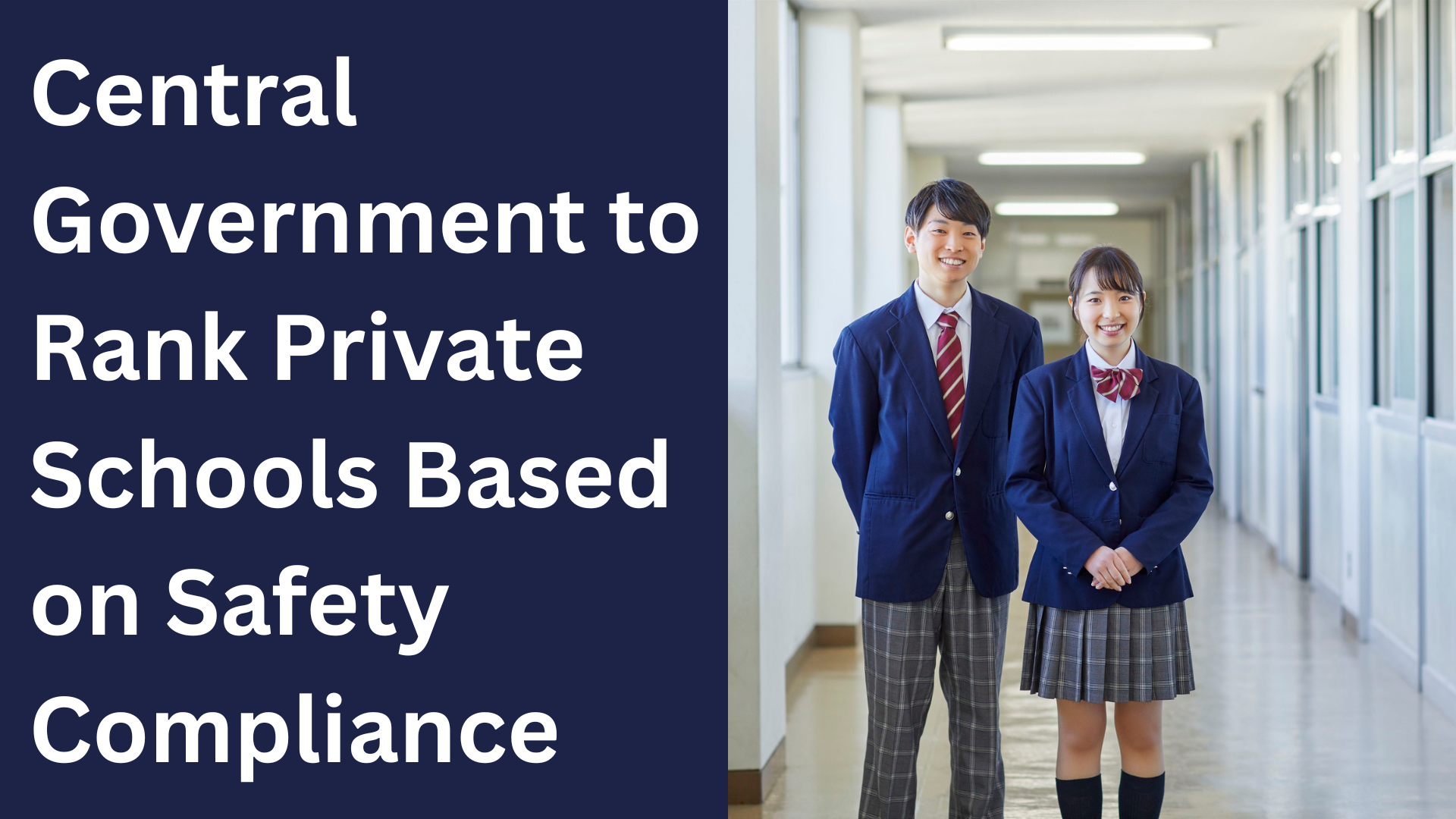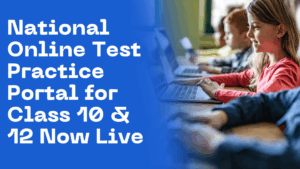In a noteworthy move, the Central government will rank private schools based on safety compliance. Hence, the schools will now have to take more precautions.
Central Government to Rank Private Schools Based on Safety Compliance
In a bold and much-needed step toward enhancing student welfare, the Ministry of Education has announced that it will soon rank private schools across India based on their adherence to safety norms. The ranking system, set to roll out from the 2025–26 academic session, will cover parameters such as infrastructure safety, emergency preparedness, digital hygiene, and child protection policies.
This initiative, part of the Safe Campus India Program, is designed to encourage private schools to adopt international standards in safety protocols and promote transparency for parents and guardians when choosing educational institutions.
Why the Safety Ranking is Being Introduced
The proposal comes in the wake of rising concerns over school safety incidents, including accidents, bullying, and digital threats. A recent national survey revealed that over 30% of parents are unaware of whether their child’s school has functional fire exits, CCTV surveillance, or verified staff.

The new ranking will address multiple concerns:
- Reduce avoidable accidents on campuses
- Ensure child safeguarding mechanisms are implemented
- Promote accountability among private institutions
- Empower parents with data-driven school choices
It also aligns with the Right to Education Act, which mandates a safe learning environment as a fundamental right for every child.
Key Parameters of the Safety Ranking Framework
The Ministry of Education, in collaboration with NCERT, CBSE, and state education departments, has finalized a structured checklist that will form the basis of the rankings. Schools will be scored on the following broad parameters:
| Category | Criteria Assessed |
|---|---|
| Physical Safety | Fire exits, structural audits, first-aid kits |
| Staff and Student Security | Background checks, ID protocols, grievance cells |
| Cyber Safety | Digital monitoring tools, anti-cyberbullying policies |
| Emergency Preparedness | Mock drills, evacuation plans, disaster readiness |
| Health and Hygiene | Clean drinking water, sanitary facilities, health checks |
Each parameter will carry weighted scores, and schools will be placed in Platinum, Gold, Silver, or Non-Compliant categories based on total points.
Implementation and Compliance
Private schools affiliated with CBSE, ICSE, and state boards will be required to undergo an annual self-assessment, followed by random third-party audits. The collected data will be submitted via a central portal, with final rankings published publicly on the National School Safety Dashboard.
To ensure smooth rollout:
- Schools will receive a compliance handbook and training modules
- State-level safety officers will be appointed for coordination
- Non-compliant institutions may face penalties or de-affiliation
The government also plans to introduce a Mobile App for Parents, where they can view the safety ranking, submit feedback, and flag concerns directly.
Expected Benefits for Schools and Families
For schools, this ranking system offers a chance to build trust and credibility in a competitive educational market. Institutions that score high are likely to attract more admissions and may be eligible for recognition awards or financial incentives.
Benefits for parents include
- Clear visibility of school safety standards
- Data-backed decision-making while selecting schools
- Direct grievance redressal options
- Assurance of regulatory oversight
Importantly, the system is designed to promote collaborative improvement, not punishment—schools will receive constructive feedback and support to improve their rankings over time.
A Step Toward Safer and Smarter Education
The government’s move to rank private schools based on safety is a timely and strategic reform, especially in a rapidly urbanizing and digitally connected India. Experts believe that this framework will drive a culture of safety, just as academic rankings have spurred excellence in learning outcomes.
By making safety measurable and visible, the initiative aims to raise the standard of education not just academically, but also holistically—prioritizing student well-being, physical and emotional security, and ethical governance.
The first round of school safety rankings is expected to be released in March 2026, offering a powerful new tool for both institutions and families.
Thanks a lot for reading this post on our portal.




